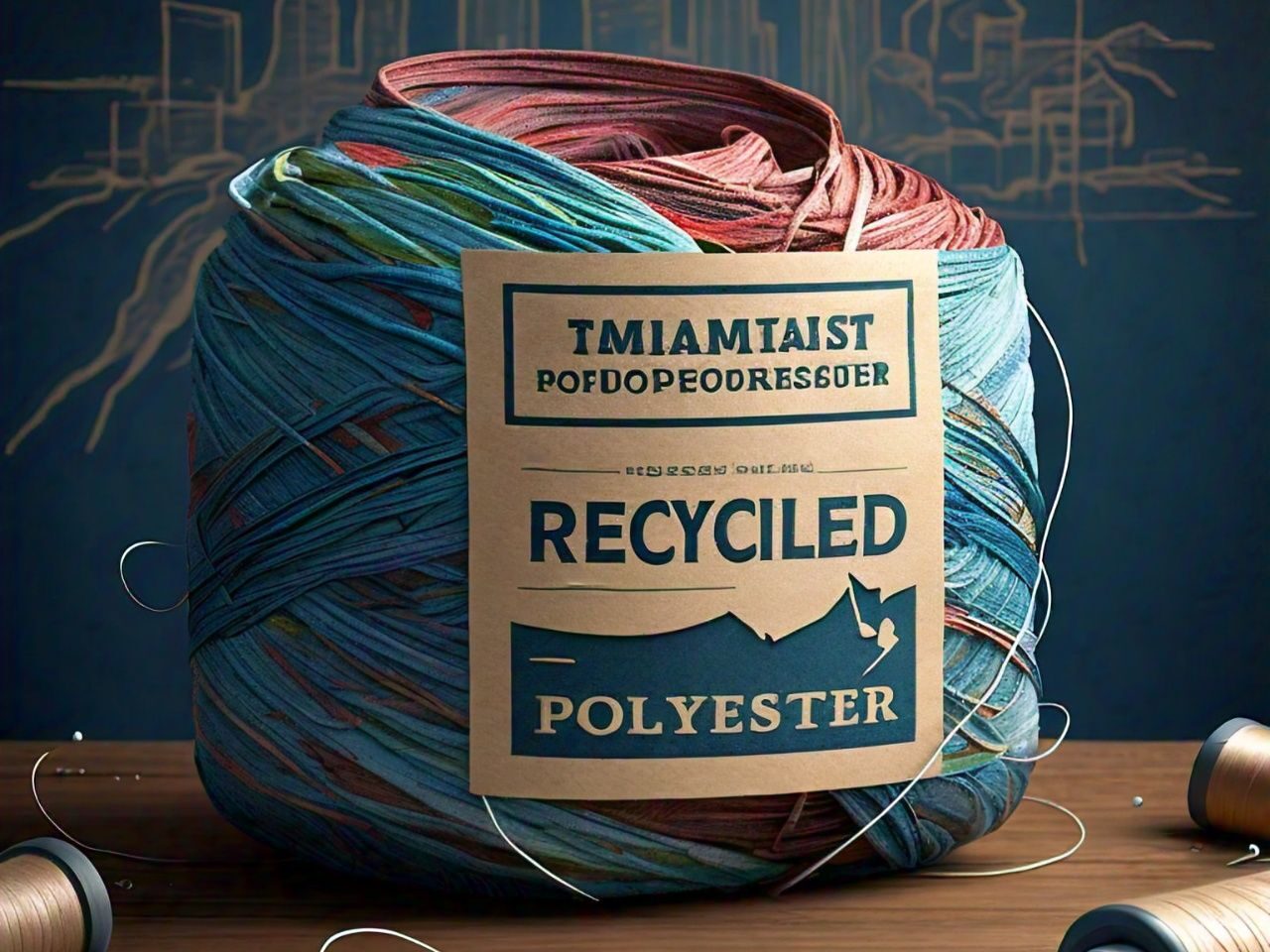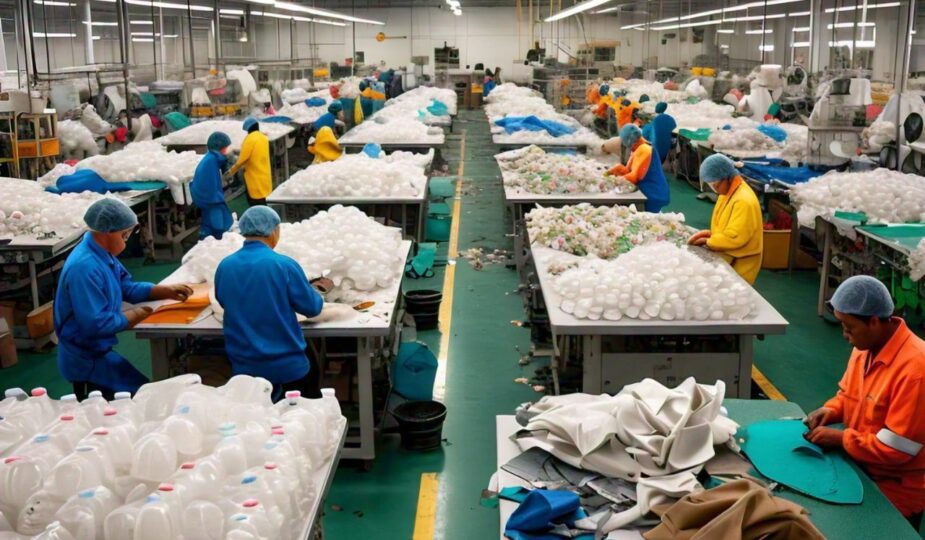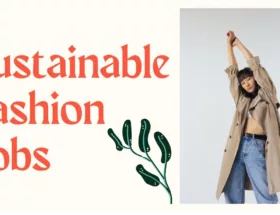Every day, millions of plastic bottles are discarded, contributing to environmental pollution. However, an innovative company in India, Shree Renga, has found a way to transform this waste into something valuable – polyester fabric. This article explores the fascinating process of turning plastic bottles into clothing, the environmental impact, and the future of sustainable fashion.
The Transformation Process
Collecting and Sorting
Shree Renga buys approximately 900 metric tons of plastic waste monthly, primarily PET bottles. Waste pickers in India collect and deposit these bottles at sorting sites where they are crushed and baled for sale. The first step in the factory is to separate PET bottles from caps, labels, and other contaminants.
Cleaning and Flaking
The bottles are thoroughly washed to remove dirt and glue, then crushed into small flakes. These flakes are sorted by size, ensuring they are no larger than 14 millimeters. Smaller particles are reused to make PET pellets, while the remaining flakes are washed multiple times to achieve purity.
Melting and Spinning
The clean PET flakes are melted and mixed with colored pigments through a process called dope-dyeing. The melted mixture is pushed through a spinneret, a metal plate with small holes, forming fibers. These fibers are cooled, stretched, and crimped to give them a wavy pattern, making them easier to combine with other textiles.
Final Product
The finished fibers are cut to size, compressed, and baled. These are then spun into yarn and woven into fabric at another facility. The fabric is inspected, cut into garment shapes, and assembled into clothing. Shree Renga also uses sublimation printers to add designs to their polyester fabrics.
Environmental and Economic Impact
Sustainability Claims
Recycled polyester is marketed as a sustainable alternative to virgin polyester. Major fashion brands like Adidas, Nike, and Shein are increasing their use of recycled polyester, promoting it as eco-friendly. Shree Renga’s recycled clothing brand, Ecoline, launched in 2021, is part of this movement.
Challenges
Despite its benefits, recycling polyester presents challenges. Washing synthetic fibers releases microplastics into waterways, and recycling mixed-material garments is complex and costly. Additionally, less than 1% of old clothes are recycled into new garments, making large-scale recycling difficult.
Innovations in Recycling
Advanced recycling techniques are being developed to address these issues. Fiber-to-fiber recycling and chemical processes to separate polyester from other materials are promising innovations. Companies like H&M are investing in these technologies, aiming to create a closed-loop system for textile recycling.
Future Prospects
Growth and Expansion
Shree Renga plans to triple its production of recycled polyester in the next few years. The company is betting on the future of sustainable fashion and expanding its capacities to meet the growing demand. In 2023, they received significant recognition when India’s Prime Minister, Narendra Modi, wore one of their recycled vests.
Industry Challenges
Scaling up new recycling technologies and making them cost-effective compared to virgin polyester remains a significant challenge. However, with continuous investment and innovation, the industry is moving towards a more sustainable future.

Conclusion
Shree Renga’s innovative approach to recycling plastic bottles into polyester is a significant step towards sustainable fashion. While challenges remain, advancements in recycling technologies and growing consumer demand for eco-friendly products indicate a promising future. By turning waste into valuable clothing, companies like Shree Renga are paving the way for a more sustainable and environmentally conscious fashion industry.
FAQ
How does Shree Renga transform plastic bottles into polyester?
Shree Renga buys plastic waste, primarily PET bottles, which are cleaned, sorted, and crushed into flakes. These flakes are melted and spun into fibers, which are then woven into fabric and assembled into clothing.
What is dope-dyeing?
Dope-dyeing is a technique where colored pigments are added to the melted plastic mixture before it is spun into fibers. This method eliminates the need for additional water and energy in the coloring process.
Is recycled polyester truly sustainable?
Recycled polyester is more sustainable than virgin polyester as it reduces plastic waste and the need for new raw materials. However, it still poses environmental challenges, such as the release of microplastics during washing.
What are the challenges of recycling polyester?
Recycling polyester is complicated by the need to separate it from other materials in mixed garments and the introduction of microplastics into waterways. Additionally, the process can be more costly than using virgin polyester.
What innovations are being developed in textile recycling?
Advanced techniques like fiber-to-fiber recycling and chemical processes to separate polyester from other materials are being developed. Companies like H&M are investing in these technologies to create a closed-loop system for textile recycling.









